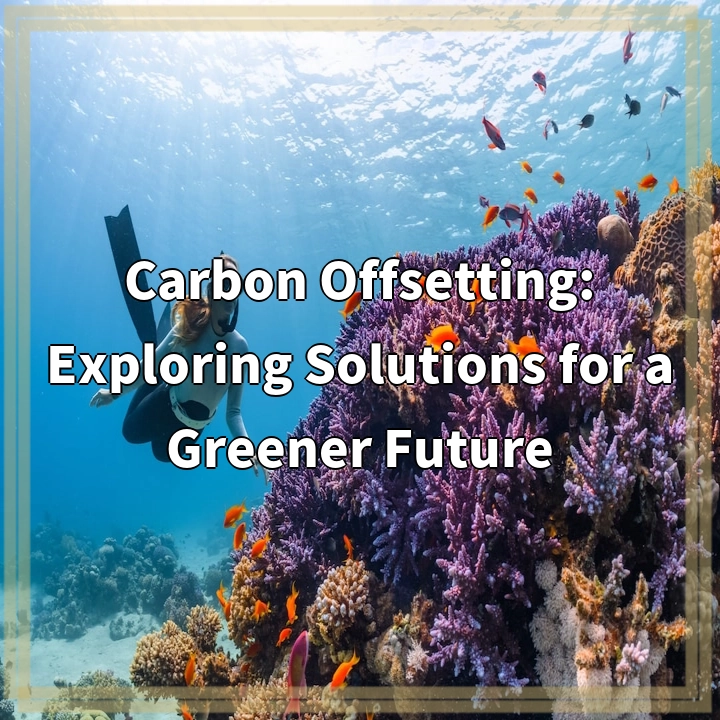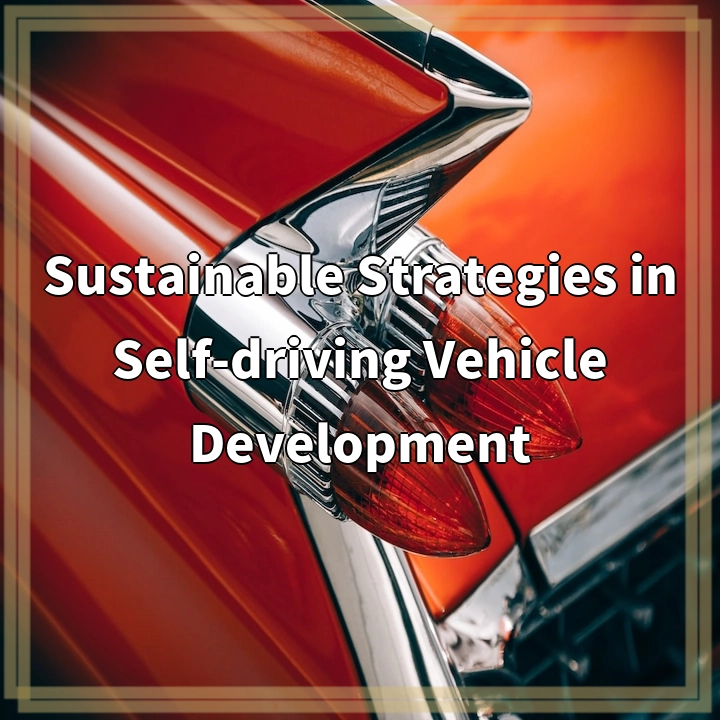
What is Carbon Offsetting?
Carbon offsetting is a method used to compensate for greenhouse gas emissions by investing in projects that reduce or remove carbon dioxide (CO2) from the environment. It is based on the concept that while it may not be possible to completely eliminate carbon emissions, offsetting can help to balance the impact by supporting initiatives that promote sustainability and environmental conservation.
Exploring Solutions for a Greener Future
Carbon offsetting offers a range of solutions for addressing the environmental challenges we face today. By supporting projects that reduce or remove greenhouse gases, we can make progress towards a greener future. Some common methods of carbon offsetting include:
Renewable Energy Projects
Investing in renewable energy projects, such as wind farms or solar power plants, helps to replace fossil fuel-based energy sources and reduce CO2 emissions. These projects generate clean and sustainable energy, contributing to the transition towards a low-carbon economy.
Forest Conservation and Reforestation
Forests act as carbon sinks, absorbing CO2 from the atmosphere. Supporting initiatives that protect and restore forests, or engage in large-scale reforestation efforts, can help to offset carbon emissions. These projects not only sequester CO2 but also provide habitats for wildlife and support local communities.
Improved Agricultural Practices
Agriculture is a significant source of greenhouse gas emissions. Investing in projects that promote sustainable farming practices, such as regenerative agriculture or organic farming, can help reduce emissions and enhance soil health, thus contributing to carbon offsetting.
Real-World Problems Associated with Carbon Offsetting
While carbon offsetting presents an opportunity for mitigating climate change, there are several real-world problems that need consideration:
Quality and Verification
Ensuring the quality and credibility of carbon offset projects is essential. It is crucial to verify that projects are genuinely reducing emissions and that the claimed offsetting benefits are accurately calculated and transparently reported.
Additionality
The concept of additionality refers to whether a project would have occurred without the support of carbon offset funding. It poses a challenge to accurately determine the actual impact of offsetting, as it requires assessing and proving that the supported projects are additional and not business-as-usual practices.
Long-Term Sustainability
Carbon offsetting alone cannot fully address the root causes of climate change. While it provides a short-term solution, long-term sustainability requires comprehensive efforts such as transitioning to renewable energy, improving energy efficiency, and adopting more sustainable lifestyle choices.
Lack of Standardization
The carbon offset market lacks a globally standardized framework, resulting in varying practices, methodologies, and reporting standards. This lack of consistency makes it challenging for individuals and organizations to make informed choices when selecting carbon offset projects.
Addressing these challenges is crucial to ensure the effectiveness and integrity of carbon offsetting initiatives. By acknowledging these issues and working towards transparency, accountability, and continuous improvement, we can harness the potential of carbon offsetting to create a greener and more sustainable future.

Solutions for Carbon Offsetting
Carbon offsetting offers a range of solutions for addressing environmental challenges and working towards a greener future. Here are some key solutions:
Investing in Renewable Energy Projects
Supporting renewable energy initiatives, such as wind farms and solar power plants, helps replace fossil fuel-based energy sources and reduce CO2 emissions. This promotes the transition to a low-carbon economy.
Protecting Forests and Reforestation
Supporting forest conservation efforts and large-scale reforestation projects helps sequester CO2 and provides habitats for wildlife. Protecting forests contributes significantly to carbon offsetting.
Promoting Sustainable Agriculture
Investing in projects that encourage sustainable farming practices, such as regenerative agriculture and organic farming, helps reduce greenhouse gas emissions and improve soil health.
Real-World Challenges and Considerations
While carbon offsetting brings opportunities for mitigating climate change, some challenges need attention:
Ensuring Quality and Verification
It’s crucial to verify the effectiveness of carbon offset projects and ensure transparent reporting of emissions reductions.
Addressing Additionality
Determining whether projects are additional and not business-as-usual practices is essential for accurate impact assessment.
Working towards Long-Term Sustainability
Recognizing that carbon offsetting alone is not sufficient, long-term sustainability efforts should include transitioning to renewable energy and adopting more sustainable practices.
Striving for Standardization
The carbon offset market would benefit from globally standardized frameworks to ensure consistency and informed decision-making.
By addressing these challenges, we can enhance the effectiveness and integrity of carbon offsetting initiatives and contribute to a greener and more sustainable future.















